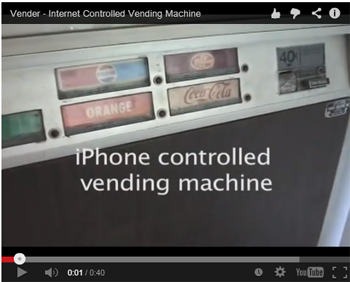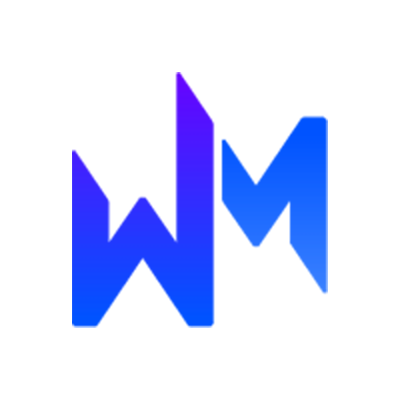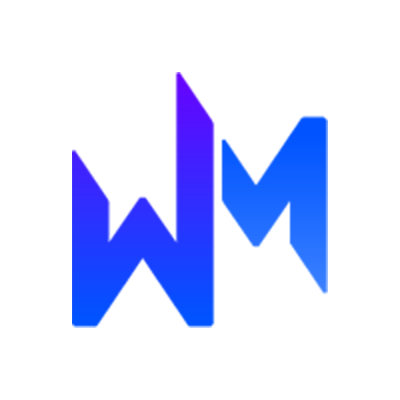The Internet of Things is Older Than You Think

Before jumping into a history of the Internet of Things (IoT), it helps to look at how the term has been referenced before.
IoT concepts that have been used include: ambient intelligence, connected environments, connected world, everyware, future Internet, industrial Internet, machine to machine (M2M), physical Internet, physical computing, pervasive Internet, situated computing, smart cities, spimes, ubiquitous computing, Web of things and wireless sensor networks.
Phew, that's a few different concepts; no wonder people are confused about where it all started!
Below is a brief history of the Internet of Things. You'll note that it goes as far back as 1832 - when there was no Internet at all!
Timeline for The Internet of Things
1832: Electromagnetic telegraph created by Baron Schilling in Russia
1833: Code invented to communicate over 1200m in Germany
1844: First Morse code message sent
1926: Mobile phone technology prediction made by Nikola Tesla
1950: Machines to be maintained with "best sense organs and speak English"
1964: Electronic media mentioned by Marshall McLuhan
1966: Karl Steinbuch predicts future of computers to be "interwoven into every industrial product"
1974: TCP/IP beginnings
 1982: First Internet coke machine created at Carnegie Mellon University by Mike Kazar, David Nichols, John Zsarnay and Ivor Durham (watch the YouTube video that is pictured, here)
1982: First Internet coke machine created at Carnegie Mellon University by Mike Kazar, David Nichols, John Zsarnay and Ivor Durham (watch the YouTube video that is pictured, here)
1984: DNS, or domain name system, is introduced
1989: WWW, or World Wide Web, is conceived by Tim Berners-Lee
1990: First Internet device created by John Romkey - toaster turned on/off via Internet
1991: First Web page created
1993: Trojan Room Coffee Pot created to monitor pot levels at University of Cambridge, monitored by the Internet three times a minute
1994: WearCam, a precursor to Google Glass, created by Steve Mann
1995: Amazon and eBay go live
1997: Paul Saffo writes "Sensors: The Next Wave of Infotech Innovation"
1998: Google becomes incorporated, inTouch is created at MIT, Mark Weiser explores ubiquitous computing and virtual reality
1999: IoT term is first coined by Kevin Ashton and elaborated further by Neil Gershenfeld from MIT Media Labs. Auto-ID Labs opens and the EPC is developed
2000: LG announces plans for an Internet refrigerator
2002: Ambient Orb created and released as a spin-off from MIT media Lab
2003-2004: IoT term is mentioned across mainstream media such as The Guardian, Boston Globe and Scientific American. Projects start to surface like CoolTown, Disappearing Computer Initiative, and Internet0 to implement some of these ideas and IoT is used in book titles for the first time. RFID is deployed on a massive scale by the U.S. Department of Defense and major retailer Walmart.
2005: Nabaztag created by Rafi Haladjian and Olivier Mevel, a WiFi enabled 'rabbit'
2006: RFID is used in more mainstream situations, such as tracking hospital equipment, tracking and tagging animals on farms to track animal diseases and to track supply chain goods around the world
2006-2008: First EU IoT conference held
2008: IPSO Alliance is launched. FCC votes and approves 'white space' spectrum. IoT listed as on of 6 Disruptive Civil Technologies by US National Intelligence Council
2008-2009: Internet of Things was "born" according to Cisco Internet Business Solutions Group because more "things or objects" were connected to the Internet
2010: China plans major investment in to IoT
2011-2014: IPV6 protocol is launched. IBM, Ericsson and Cisco issue educational and marketing initiatives on the topic. Smart light bulbs created to include Bluetooth speaker for in-home entertainment. IoT to be replaced by a term called "connected life" instead?
So, what does it all really mean? That technology is changing as our level of demand for connectedness increases.
Diana Zelikman is an editor at Fueled, the leading iPhone app builder in New York City, renowned for its award winning mobile design and strategy.

Subscribe to Our Newsletter!
Latest in Software









